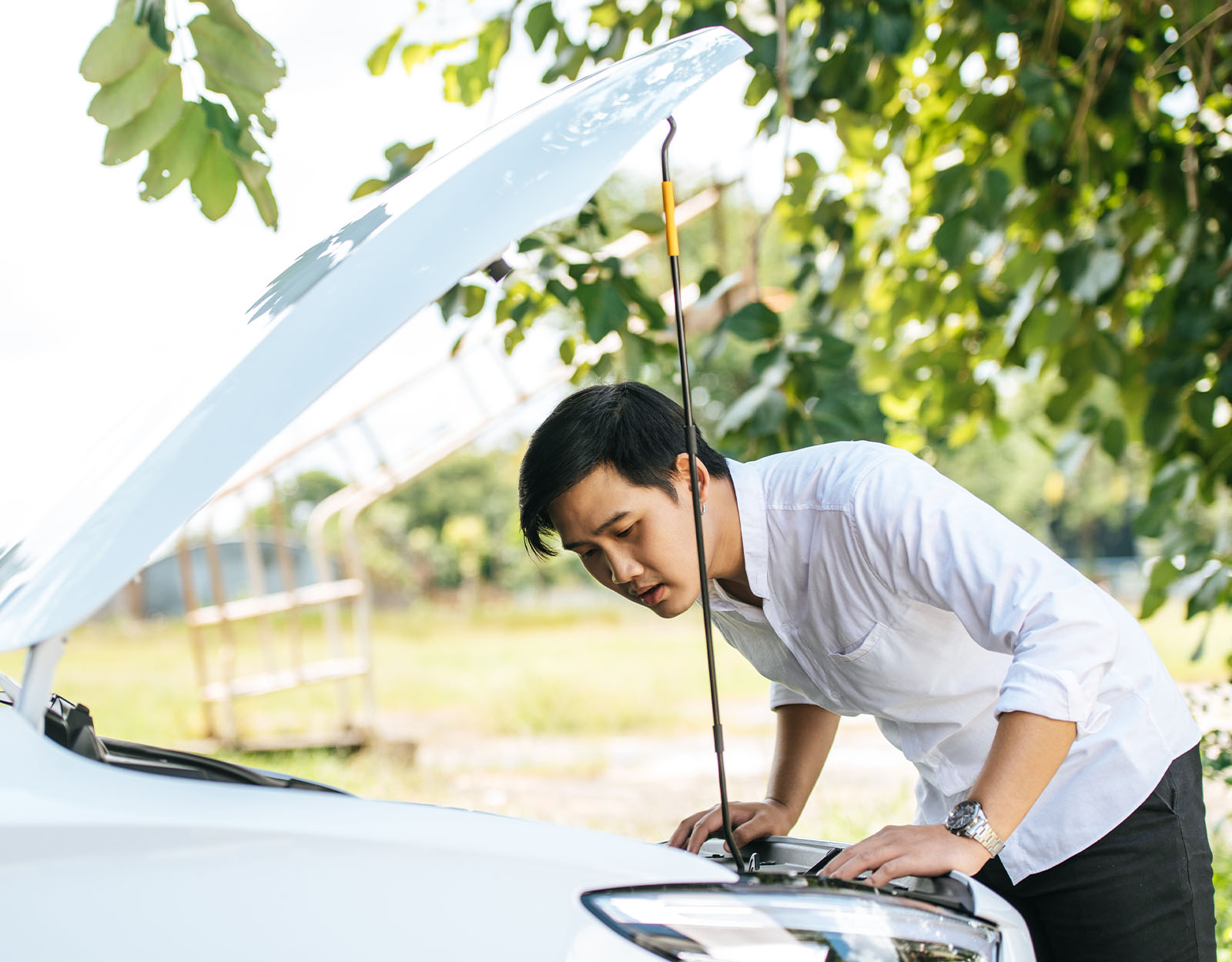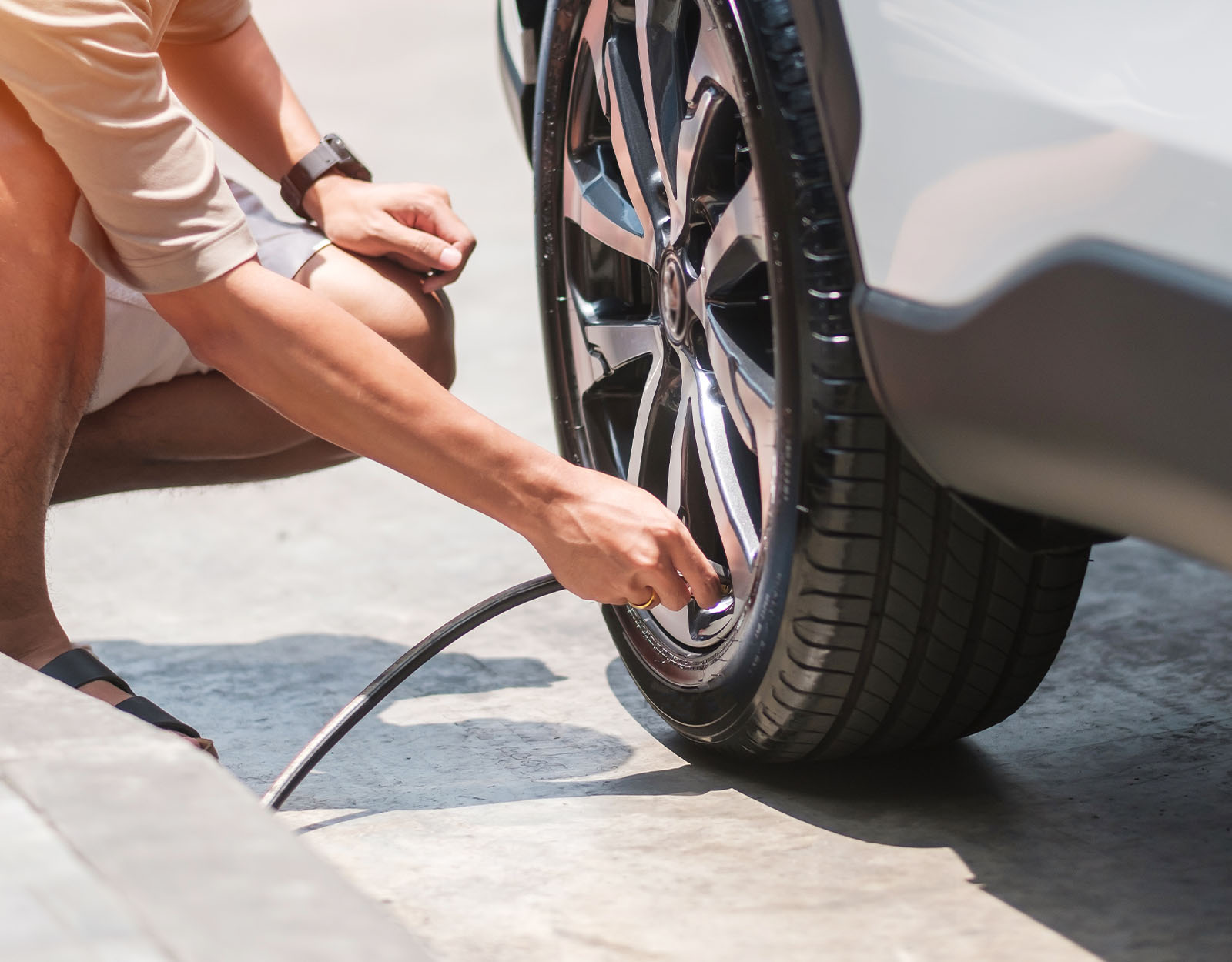Modern Homemakers
Tips for Parents on How to Take Care of Their Cars
When parents take care of their cars, their cars will take care of them in return.
It’s time for parents to see cars as more than just machines, but rather, as an “extension” of themselves. After all, as the modern-day steed, these cars take us everywhere—from our kids’ schools to our offices, groceries, hospitals, all the way to getaway destinations within and beyond the metro.
But like any other machine, cars have a limit of their own and need some TLC (tender loving care) to keep them going, literally! Here are just some of the things we can do to take care of our cars so that they can serve us well, while not breaking down out of nowhere.

1. Let the car warm up for a few minutes before running it.
When we’re in a hurry, we tend to just start the car and go. But it helps to “warm it up” by letting the car sit for a bit when we start our cars because doing so allows the oil and fluid to pass through every hose in the car—especially for old models. This helps certain parts of the car that need those oils to grease the gears. That way, they don’t grind themselves to pieces!
More than that, the other parts like the brakes and power steering use that oil to connect with other pieces to make the car respond properly. Letting the oil rise gently by revving it below 2000 RPMs should allow the oil to circulate, thus preserving your car better.
2. Always keep a record of when you last changed your engine oil and transmission fluid.
All cars need an oil and fluid change every 10,000 km. We can check that based on the odometer: subtract the final distance covered from the distance covered when we last put in the oil. What some parents do is they write the last odometer reading on a strip of masking tape and stick it to the sun shade so they can check it whenever they want.
On the other hand, to check if the car is due for a change, check the dipsticks for both the engine oil and transmission fluid. The engine oil’s dipstick must be gold, while the transmission fluid’s dipstick should be red. If they’re black and crumbly in our fingertips, time to refill.
Most gas stations can do the oil change for us. Just make sure to also bring a new oil filter to make the most out of the new oil.
3. Check your “water” levels every week.
Especially now that it’s so hot, the car will be using up more water and coolant in traffic. If there’s an unfinished bottle of water on hand, that can be used that to cool the car. Two mechanisms that cool the car rely on water—that is, the water pump and the radiator. The cooling system usually looks like a plastic bottle and it’s okay to put water straight in.
For a radiator, we recommend using a coolant. But if there’s none and it’s an emergency, it’s okay to put water. But only do that when the engine’s cold! Otherwise, the radiator could crack.
4. Constantly check the air pressure of your tires.
The streets are not smooth, even more so when we’re driving in the city! But what prevents everyone in the car from bouncing around? The tires, along with the shock absorbers.
Here’s the thing: small stones, heat, and sometimes, even random pieces of trash can puncture holes in them. And this is definitely something you wouldn’t want to deal with, most especially on long road trips outside the Metro!
Luckily, gas stations can check your tires and fill them up with air for free if needed. And if they do have holes—which will show when the car’s ride seems bumpier and lower on one side—we can still patch them up (or “vulcanize”) in a tire shop.
5. Make sure your RPM hits at least 2000.
RPM means “revolutions per minute” and that’s how the car charges the battery—through the alternator which converts the miles into an electrical charge. It may seem impossible here in the city but what some parents do is they drive on second gear and control their pressure on the car’s pedal to retain 2000. Some even run it on the highways every morning to make sure the car charges the battery.
Doing this also reduces gas emissions since the car will be properly distributing the fuel. It also helps to get the car tested. The Land Transport Office tests for the car’s emissions almost every year to make sure your car is environmentally safe to let run around.
6. Hold off on the car’s “aesthetic” upgrades.
The same way we like planning our outfits and accessories, some parents love dressing up their cars. A bull bar, a snorkel, a bigger travel rack, and even spoilers… all those things add weight to the car which can increase the amount of gas we use and thus, more emissions.
Plus, this creates what some mechanics call “aerodynamic drag”—wherein the car doesn’t glide well with the wind. This means it moves slower and needs more fuel to reach the speed we’re used to. But with a little math, we can balance things out. Our driving skills are also what can tax the car’s inner workings and rely heavily on how “light” the car is.

The little ways to care for our cars prevent the big issues!
It may feel like a long laundry list of things to do to care for a car, but doing so will save us some money. This also slows the wearing down of the engine and lessens the trips to the casa or car garage to repair the damaged parts.
Take note—repairs aren’t cheap and it also takes a lot of time to have it fixed. If we have a third party fix the car then, we better know the inner workings of the car so they know what we need fixed.
Besides, these cars bring us everywhere we need to go. Maintaining them is one way of making sure our kids get the exposure they need.
More about cars?
LIST: Best Family Cars in the Philippines 2023
Car Care 101: Essentials That Parents Should Always Keep in Their Car
5 Tips On How To Help Your Kids In Car Registration





